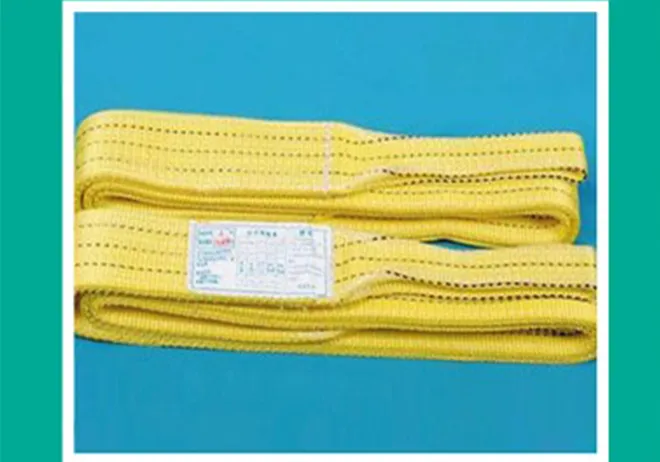Exploring Innovative Sewing Machines for FIBC Bag Production and Manufacturing Efficiency
The Evolution and Importance of FIBC Bag Sewing Machinery
FIBC bags, or Flexible Intermediate Bulk Containers, have revolutionized the way bulk materials are stored, transported, and handled across various industries. These large, versatile bags can hold significant quantities of materials, making them indispensable in sectors such as agriculture, chemicals, construction, and food. However, the production of these invaluable containers hinges on one crucial component the sewing machinery used to construct them.
Understanding FIBC Bags
FIBC bags are designed to be durable, lightweight, and reusable, making them an economical and environmentally friendly option for bulk packaging. They are typically made from woven polypropylene, a material known for its strength and resilience. These bags often come in various styles and sizes, capable of holding anywhere from a few hundred to a few thousand kilograms of materials, whether they be grains, powders, or granules.
The design and quality of FIBC bags depend significantly on the sewing machinery utilized in their production. High-quality seams are essential for ensuring the structural integrity of the bags, especially when carrying heavy or abrasive materials.
The Role of Sewing Machinery
The sewing machinery used for FIBC bag production is uniquely designed to handle the specific requirements of these bags. Standard industrial sewing machines are generally unsuitable for this purpose due to the thickness and density of the material involved. Instead, specialized machines capable of sewing through multiple layers of heavy-duty polypropylene fabric are essential.
Key features of FIBC bag sewing machines include
1. Heavy-Duty Construction Built to withstand the rigors of sewing thick fabrics, these machines often feature powerful motors and durable components that can handle the stresses involved in sewing robust materials.
fibc bag sewing machinery

2. Customized Stitching Options Different applications may require different types of stitches. FIBC bag sewing machines usually offer a variety of stitch types to ensure that the bags are secure, some of which include lock stitches, chain stitches, and overlock stitches.
3. Automatic Functions With advancements in technology, many modern sewing machines come equipped with automated functions for tasks such as threading, cutting, and even quality control. This automation not only increases production speed but also improves the accuracy and consistency of seams.
4. Ergonomics and Efficiency As with any manufacturing process, operator comfort and efficiency are crucial. Many sewing machines have ergonomic designs that help reduce strain during long production runs, leading to increased productivity.
Technological Advancements in Sewing Machinery
The evolution of sewing technology has greatly impacted the production of FIBC bags. Innovative features such as computerized controls allow for greater precision in seam placement and tension settings. Additionally, developments in servo motors have led to more energy-efficient machines that generate less noise and heat.
Sewing machinery manufacturers continuously strive to improve upon existing designs. Features like programmable stitch patterns, real-time monitoring systems, and connected machinery that integrates with factory management software have become more commonplace. These technologies not only streamline the sewing process but also enhance overall production efficiency.
Conclusion
FIBC bags play a pivotal role in a wide range of industries, and the machinery used to sew them is equally significant. Quality sewing machinery ensures that these bags can handle the demands of transportation and storage, making them a reliable choice for businesses. As technology continues to advance, the ability to produce high-quality FIBC bags efficiently and sustainably will become even more critical. Thus, investing in the right sewing machinery is essential for manufacturers aiming to remain competitive in the growing global market for bulk packaging solutions. The future of FIBC bag manufacturing looks promising, driven by innovation and a commitment to quality and efficiency in sewing machinery.
-
Heavy Duty Leather Sewing Machine: A Must-Have for Professional LeatherworkNewsMay.28,2025
-
Leather Sewing Machine: Essential for High-Quality LeathercraftNewsMay.28,2025
-
Extra Heavy Duty Sewing Machine for Premium Leather ApplicationsNewsMay.28,2025
-
Walking Foot Cylinder Arm Sewing Machine: Precision and Power CombinedNewsMay.28,2025
-
Industrial Cylinder Arm Sewing Machine: Engineered for High-Performance StitchingNewsMay.28,2025
-
Cylinder Bed Sewing Machine: A Powerful Solution for Precision StitchingNewsMay.28,2025
-
Zigzag Sewing MachineNewsMay.12,2025





























